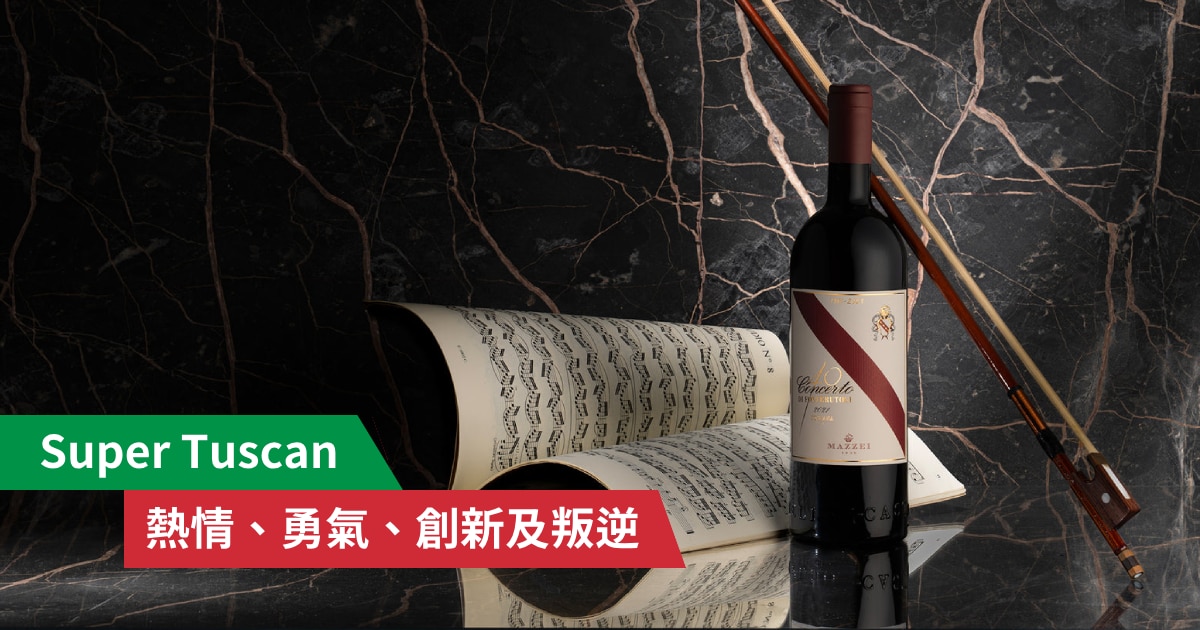Want to add some Burgundy (French: Bourgogne) wines to your collection, but a bit intimidated by its seemingly complicated appellations and vineyards? We may step by step study the basic features of this famous French region and try its signature wines to identify the styles we like. Burgundy has some of the finest (and probably most expensive) wines in the world, but there are also a lot of tasty and affordable wines. Let’s have some basic understanding of Burgundy before we shop!
Grape Varieties in Burgundy
Two of the most important grape varieties in Burgundy, one white and one red, are unquestionably Pinot Noir and Chardonnay.
Burgundian Pinot Noir are generally elegant in style with a medium to full body and silky tannins. Highly perfumed, it’s often characterized by red fruit aromas and some earthy notes. Based on the grapes’ quality and winemaking, the greatest examples can express exceptional complexity and ageing potential.
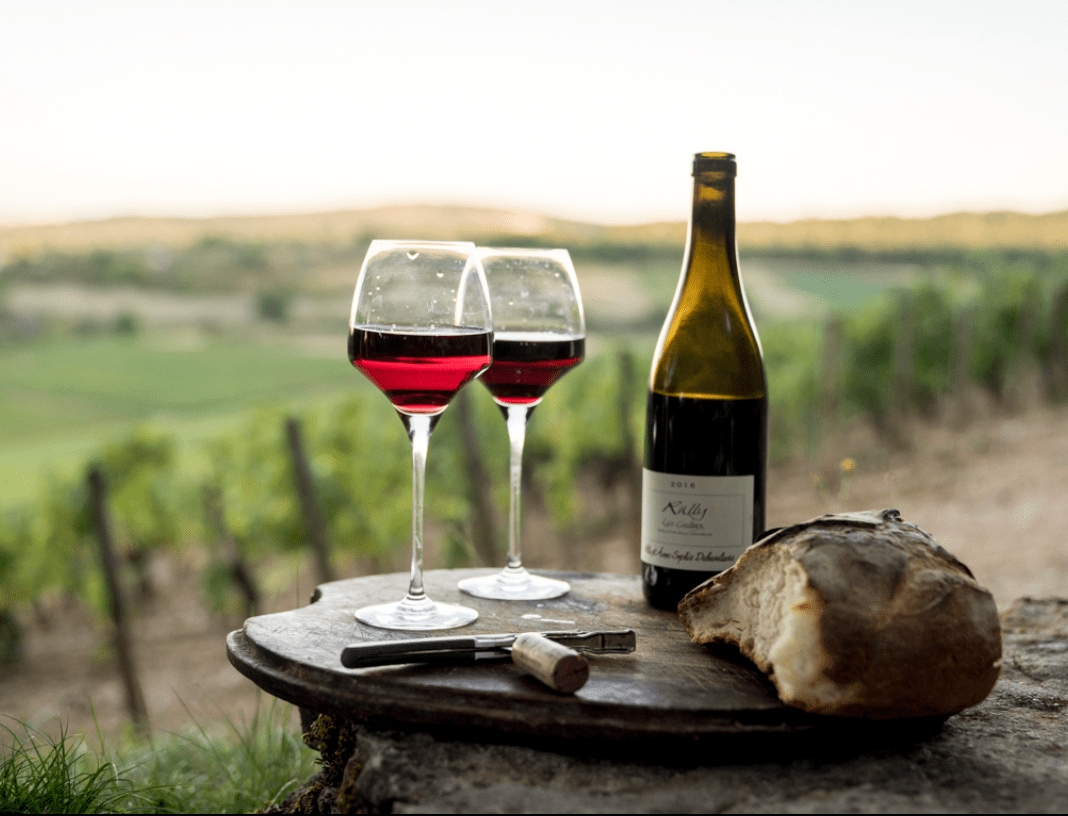
Its Chardonnay can vary significantly in style as well according to terroir, micro-climate, human influence, and other factors. The Northern part of Burgundy is cooler than the South. For example, Chablis, which is the northernmost wine district of Burgundy, has a cooler climate. It produces leaner Chardonnay with high acidity and mainly citrus flavours with its iconic minerality. As for Mâconnais in the South, it has a warmer climate, resulting in riper fruit flavours, such as apple, peach, even pineapple. Some are aged in new oak barrels, obtaining a rich mouthfeel and nutty, vanilla notes.
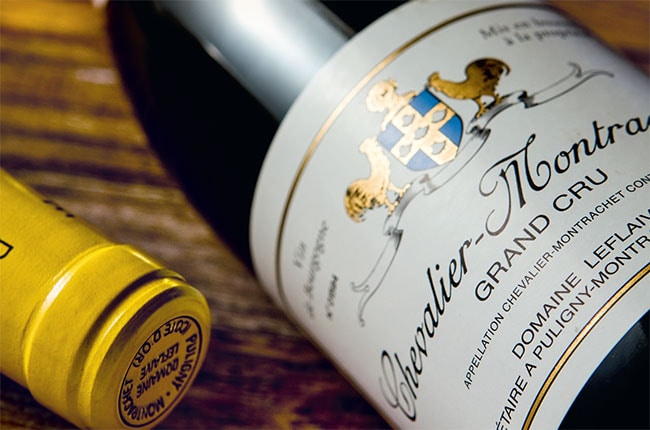
Burgundy Wine Classification
Burgundy wine can be classified into 4 levels: Regional, Village, Premier Cru, Grand Cru. Terroir is the essence of Burgundy’s winemaking philosophy and is reflected in its classification system. Unlike in Bordeaux, where the classification is given to a producer, in Burgundy, a specific vineyard or region is classified to a certain level regardless of the producer. The system does not apply to Chablis, where a separate classification system is used.
Regional
The wine can be produced in any Burgundy wine-producing region. The names usually carry the word “Bourgogne” (Burgundy), such as Bourgogne Rouge and Bourgogne Blanc. They are generally fresh and light in style with a friendly price.
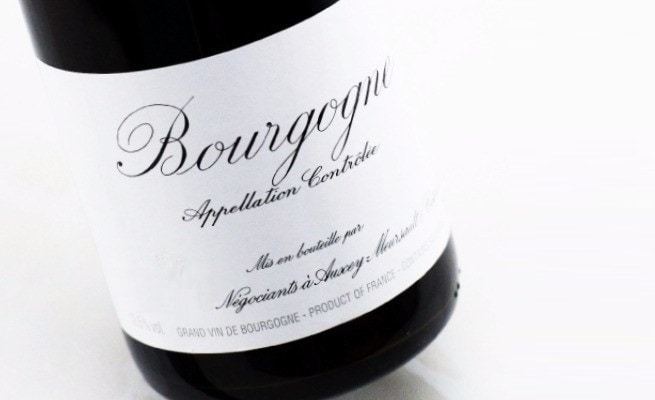
Villages
There are over 40 villages (communes) in Burgundy. Village wines are named after the village area in which the fruit is grown, such as the famous Gevrey-Chambertin, Chambolle-Musigny and Meursault. These village wines can often showcase the unique styles of its village, such as the spice in Vosne-Romanée and the nuttiness in Meursault, or some are with more powerful tannins (Pommard, Volnay) while others are gentle and soft. It is always a good start to experience the styles of different Burgundy wine regions and understand what terroir-driven wines really mean by trying village wines.
Premier Cru
Designated vineyards in the villages are classified as Premier Crus for their consistently great quality. The wines produced in these vineyards are named Premier Cru wines. They often have a richer mouthfeel and higher complexity than Village wines. All over Burgundy, there are over 600 Premier Crus and on the wine labels of Premier Cru wines, we can find its Village, the word “1er Cru” or “Premier Cru”, and the name of the Premier Cru. Take Gevrey Chambertin 1er Cru “Lavaut Saint Jacques” as an example, Gevrey Chambertin is the village name and Lavaut Saint Jacques is the name of the Premier Cru (the vineyard) where it is produced. Some producers usually grapes from more than one Premier Crus, and the names of the Crus will not be shown.
Grand Cru
The top vineyards in Burgundy are classified as Grand Cru. There are only 33 Grand Crus in the entire region, including the highly regarded Romanée Conti and La Tâche. The complexity, power and ageing potential of Grand Cru wines are among the best, setting the benchmark for all Pinot Noir and Chardonnay winemakers in the world. The wine names will carry the Grand Cru’s name and the word “Grand Cru” only, such as Chambertin Grand Cru.
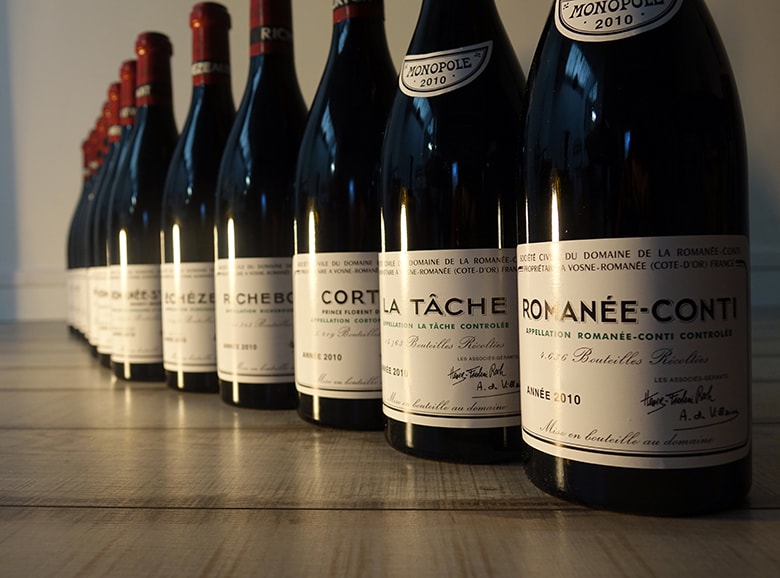
Wine-Producing Regions in Burgundy
There are 5 main wine-producing areas in Burgundy, from North to South, namely Chablis, Côte de Nuits, Côte de Beaune, Côte Chalonnaise and Mâconnais. They spread across a wide area and climate ranges, all famous for different wine styles.
Chablis
Located furthest North in Burgundy, very close to the Champagne region, it’s known for its lean and unoaked Chardonnay, which shows mainly citrus flavours, minerality and high acidity.
Côte de Nuits
Home to some of the most famous Burgundy villages, producing world-class Pinot Noir. It has over 20 Grand Crus.
Côte de Beaune
Côte de Beaune is known for its Chardonnay. It produces the top white Burgundy wines which are typically oak-aged, powerful with a rich lemon, apple, pear flavours and notes of truffle, hazelnuts, and vanilla. Together with Côte de Nuits, they are called Côte d’Or, meaning Golden Slope, considered the most important regions in Burgundy.

Côte Chalonnaise
Compared to Côte de Nuits, Côte Chalonnaise mainly produces great value Pinot Noir perfect for daily drinking. It also has some sparkling Cremant de Bourgogne made in the traditional method, the same method used in Champagne production.
Mâconnais
Located in the Southernmost part of Burgundy, Mâconnais is also the largest area in the region. Its Chardonnay is very popular and of great value, with the best-known name being Pouilly-Fuissé. Stylistically, its Chardonnay is fresh with good intensity, showing a wide spectrum of flavours, ranging from lemon, apple, white peach to pineapple. Most productions are unoaked and light-bodied. Some producers will choose to age them in new oak to bring in some hazelnuts and sweet spices notes.
Must-try Villages – Red Burgundy
Vosne-Romanee
Vosne-Romanee is one of the 3 most iconic Villages for red Burgundy, where the world’s most reputable top-tier vineyards can be found, such as Romanée-Conti and La Tâche. Its typical style is often described as a combination of elegance and power, with opulent fruit, full and sexy. These characteristics are often expressed in its Village wines.
Gevrey-Chambertin
Gevrey-Chambertin is another popular Village where 9 Grand Crus are located. Compared to other Burgundy reds, it is characterized by more structure and power, firmer mouthfeel with silky tannin. Some would describe it as a masculine wine.
Chambolle-Musigny
The remaining Village of the big 3 is Chambolle-Musigny. Relative to the “masculine” Gevrey-Chambertin, it’s stylistically soft, elegant and feminine. The outstanding floral and red fruit aromas, plus the silky tannins, perfectly demonstrate the beauty of gentleness and make it irresistible.
Must-try Villages – White Burgundy
Puligny-Montrachet & Chassagne-Montrachet
Puligny-Montrachet and Chassagne-Montrachet are 2 neighbouring villages, sharing some world-class Chardonnay vineyards, and they are considered the utmost expressions of white Burgundy. Generally, Puligny-Montrachet is more delicate and elegant, with beautiful bouquet and minerality, while Chassagne-Montrachet richer, fuller and more fruit-forward. Of course, the terroir of each vineyard and winemaking of each producer may result in very distinct styles.
Meursault
Meursault is highly regarded in the world of white Burgundy. Without any Grand Cru, it has some exceptional Premier Cru and Village wines. Richer and more full-bodied in style, it often shows notes of butter, almonds, together with citrus and minerality.



 Same Day Pick-up
Same Day Pick-up
















